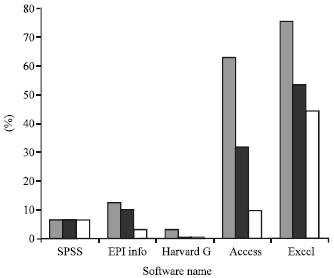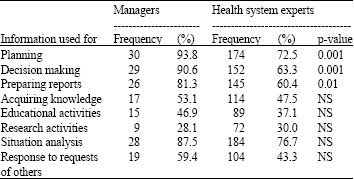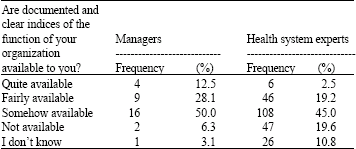Research Article
The Study of Health Information System Performance from Managers and Experts`Viewpoints
Tabriz University of Medical Sciences, Tabriz, Iran
S. Fozounkhah
Tabriz University of Medical Sciences, Tabriz, Iran
H. Sadeghi-Bazargani
A-ARUMS, Ardabil, Iran B: Karolinska Institute, Stockholm, Sweden
A. Zakeri
Tabriz University of Medical Sciences, Tabriz, Iran
N. Houshiyan
Tabriz University of Medical Sciences, Tabriz, Iran
N. Asmani
Tabriz University of Medical Sciences, Tabriz, Iran
A. Naghili
Tabriz University of Medical Sciences, Tabriz, Iran












